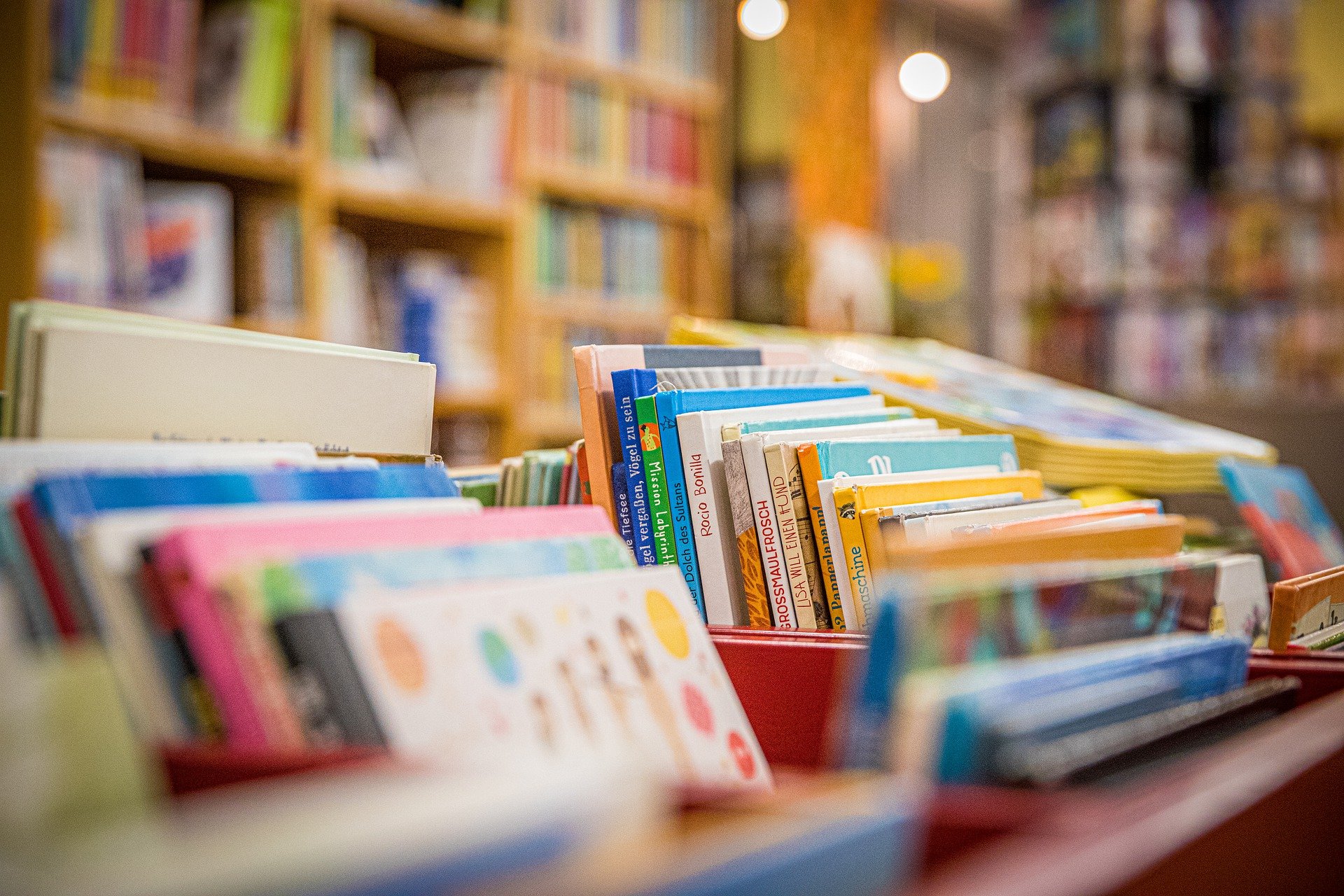
How to use the Dewey Decimal system to find books kids want to read
One of the things that trips up library visitors is navigating the Non-fiction section.
Fiction books are (generally) easy: they’re organized by the author’s last name! But non-fiction books?
The non-fiction section is the MOST mysterious area in the entire children’s library…and it’s all because of the numbers. Instead of being organized by title or author, non-fiction books are organized by subject! And those subjects are organized into blocks of numbers.
This organizational system is called the Dewey Decimal System, named after the guy who came up with it, Melvil Dewey.
Mr. Dwey’s system isn’t very intuitive or easy to use, and it can scare away readers– which is why many public libraries are moving away from the Dewey Decimal system. If you’re a librarian it’s a good way to organize books within large categories, but if you’re a visitor…it can just be a pain in the neck.
That said: don’t worry!
Library visitors don’t need to know the intricacies of the Dewey system, because all you need to know is a) which number blocks have the subjects you (or your kids) want and b) how to find those numbers within your library.
Since the Dewey system runs along an increasing numeral format, that means you really only need to worry about the first thing. And once you figure out which Dewey numbers have the subjects your kids are into the most, it makes it super easy to get to that section at the library, find books, and get to reading even faster.
Of course, having a cheat sheet to take with you to the library would definitely help!
So I’ve got one here for you.
Dewey Decimal System: The Basics
Here’s a quick intro to the Dewey Decimal system as it’s used in most public (and school) libraries:
- There are ten “classes,” from 000 to 900. These are the major (general) subjects.
- Within the larger classes are “divisions,” which are more specific subjects within the general ones. And then within the divisions are “section,” even more specific subjects and categories!
- Books in each division are organized numerically, so for instance: 631.2. 633.4, 650.
- Call numbers still have the author name at the end, so: 631.2 THO
- If two books have the same call number, they’re then sorted alphabetically by title.
But really, all you need to know is how to find the subjects your kids want to read about.
Got a kid who only wants books about dogs? Science books about outer space? Biographies and American history? Or maybe art and art history? Give ’em the Dewey Decimal number(s) from the list and they’re good to go.
Dewey Decimal Numbers (for Kids)

The thing you’ve all been searching for: a condensed version of the Dewey Decimal numbers, focused on topics that kids ask for the most (as observed in my job as a librarian).
Tip: Sometimes a particular topic will be in multiple sections! For instance, if you’re interested in Buildings, you might also want to check Architecture, Travel (for historical buildings) or Biographies (for famous architects).
000 Computer science & general information
- 001 UFOs & Big Foot
- 005 Coding (Scratch, Python, etc.)
- 030 Encyclopedias & books of facts
- 032 World records
100 Philosophy & psychology
- 130 Ghosts & the paranormal
- 150 Psychology
- 158 Self-improvement
- 170 Ethics, animal rights
- 180 Eastern philosophy
- 190 Western philosophy
200 Religion
- 220 Bible studies
- 290 Mythology (Greek & Roman myths)
300 Social sciences
- 331 Jobs & careers
- 350 Military (including military vehicles)
- 378 Colleges, SAT/ACT, etc.
- 391 Fashion
- 394 Holidays
- 398 Fairytales & folklore (Tall Tales)
400 Language
- 419 Sign language
- 430 Foreign languages
500 Science
- 500 Science fair projects & experiments
- 510 Math
- 520 Astronomy (stars & planets) — see also 629 SPACE EXPLORATION
- 530 Physics
- 540 Chemistry
- 550 Earth sciences (weather, volcanos, hurricanes, earthquakes)
- 560 Dinosaurs & fossils
- 580 Plants — see also 635 GARDENING
- 590 Animals — see also 636 PETS
- 595 Insects, spiders & worms
- 597 Lizards & snakes
- 598 Birds
- 599 Mammals (lions, tigers, whales, dolphins)
600 Technology
- 600 Inventions
- 610 Medicine & health
- 629 Space exploration (astronauts), cars, trucks, planes, robots.
- 630 Farming
- 635 Gardening
- 636 Pets (dogs, cats, horses, farm animals)
- 641 Cooking & cookbooks
- 646 Sewing, clothing, costume design
- 658 Starting a business (lemonade stands & more)
- 688.7 Legos
- 690 Buildings — see also 720 ARCHITECTURE
700 Arts & recreation
- 709 Art history
- 720 Architecture
- 730 Origami
- 741.5 Cartoons
- 743 How to draw
- 745 Crafts
- 750 Painting
- 770 Photography, film & video
- 780 Music
- 793 Minecraft
- 794 Video games
- 796 Sports (football, baseball, etc.)
800 Literature
- 811 Poetry
- 812 Plays
- 818 Jokes
- 822 Shakespeare
900 History & geography
- 910 Explorers & travel
- 920 Biographies (may also be in their own BIOGRAPHY section in the library)
- 930 Ancient history (Greek, Roman, etc.)
- 940 European history
- 940.5 World War II
- 950 Asian history
- 960 African history
- 970 US History (also Canada & Mexico), Native American tribes
- 973.7 US Civil War
- 980 South American history
And that’s it! Now you have a place to start locating the sections that have the books you and your family want to read. Go out there and get them!



